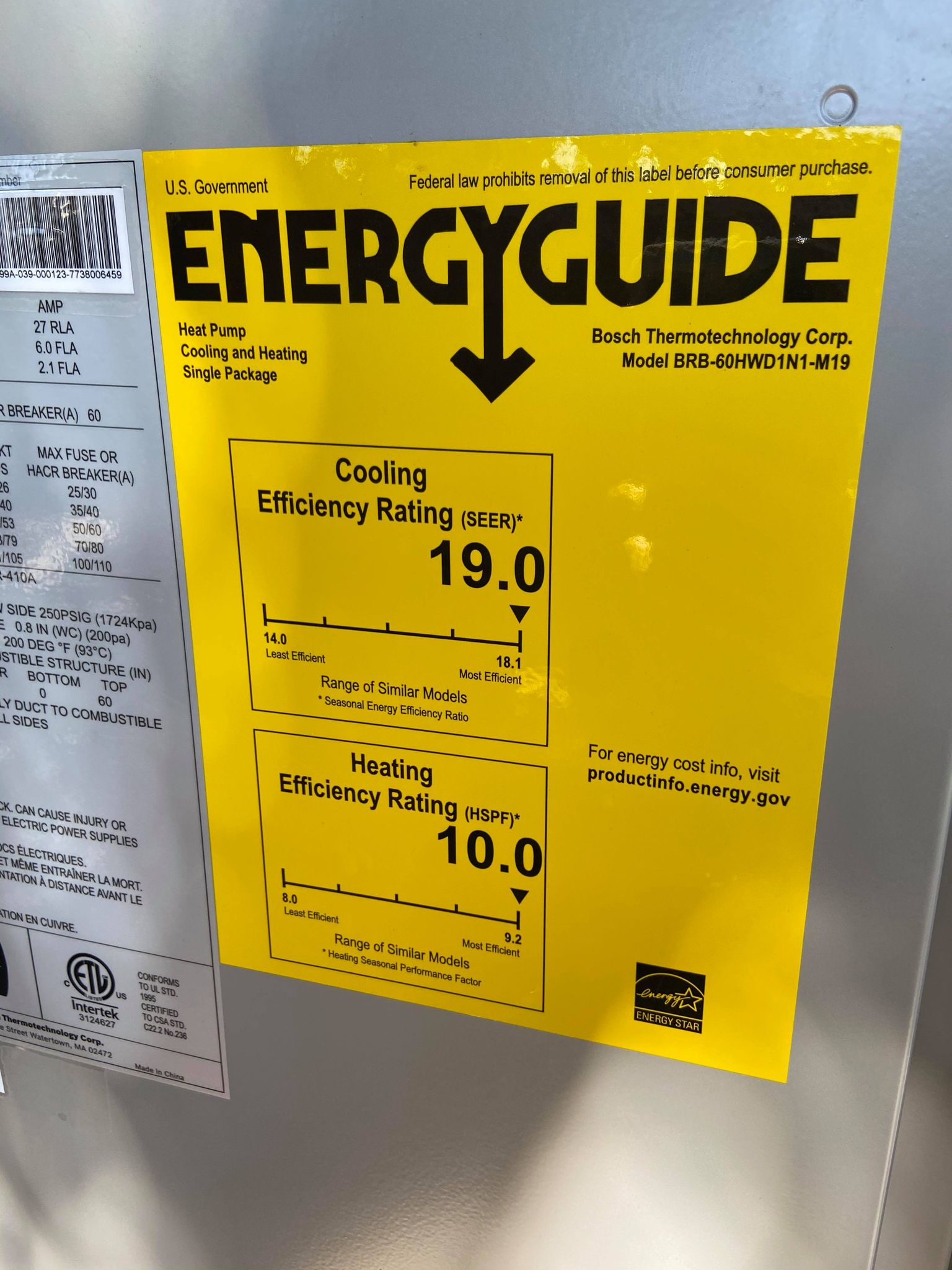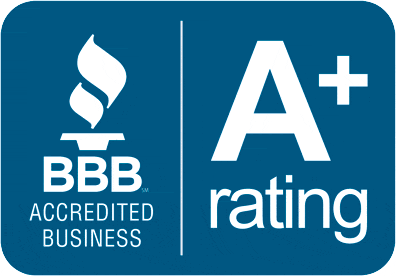Licensed | Bonded | Insured
What Is A Good SEER Rating?
What Is SEER? 
What does the term SEER stand for and what is a good SEER rating? SEER stands for “Seasonal Energy Efficiency Ratio” the standard measurement of air conditioning efficiency established by the U.S. Department of Energy. A SEER rating is the ratio of the cooling output of an air conditioner over a typical cooling season, divided by the energy it consumed in Watt-Hours. So, what is a good SEER rating? Most modern HVAC systems have a minimum rating of 13-14 SEER and a maximum of 21-25 SEER. Older units can have a SEER rating as low as 8-9. Higher SEER ratings translate into higher efficiency, which means lower electricity bills!
Benefits Of Higher SEER Rating
- Lower Utility Bills – High efficiency systems with higher SEER rating use less energy, which translates into lower utility bills for you. In fact, switching from an old 8 SEER unit to a 16 SEER one can save you 50% on your energy bill.
- Incentives and Rebates – Most electricity companies offer rebates with higher SEER systems. By taking advantage of some of these rebates and incentives higher seer units can offset the cost of new high SEER units.
- Environmental– Less energy used = less green house gas emissions, and less fossil fuels being burned.
Our Recommendation
Now that you know what a good SEER rating is and its benefits, it’s time to choose your new HVAC system with care. While we are always advocates for higher SEER more efficient units, do your research and reach out to reputable, Licensed Bonded and Insured HVAC companies. An honest reliable company such as Mark Daniels AC will get you the perfect unit for your home!
The HVAC experts at Mark Daniels Air Conditioning & Heating are dedicated to providing exceptional repair services in Gilbert, Arizona. If your AC isn’t working properly, get in touch with us today!



